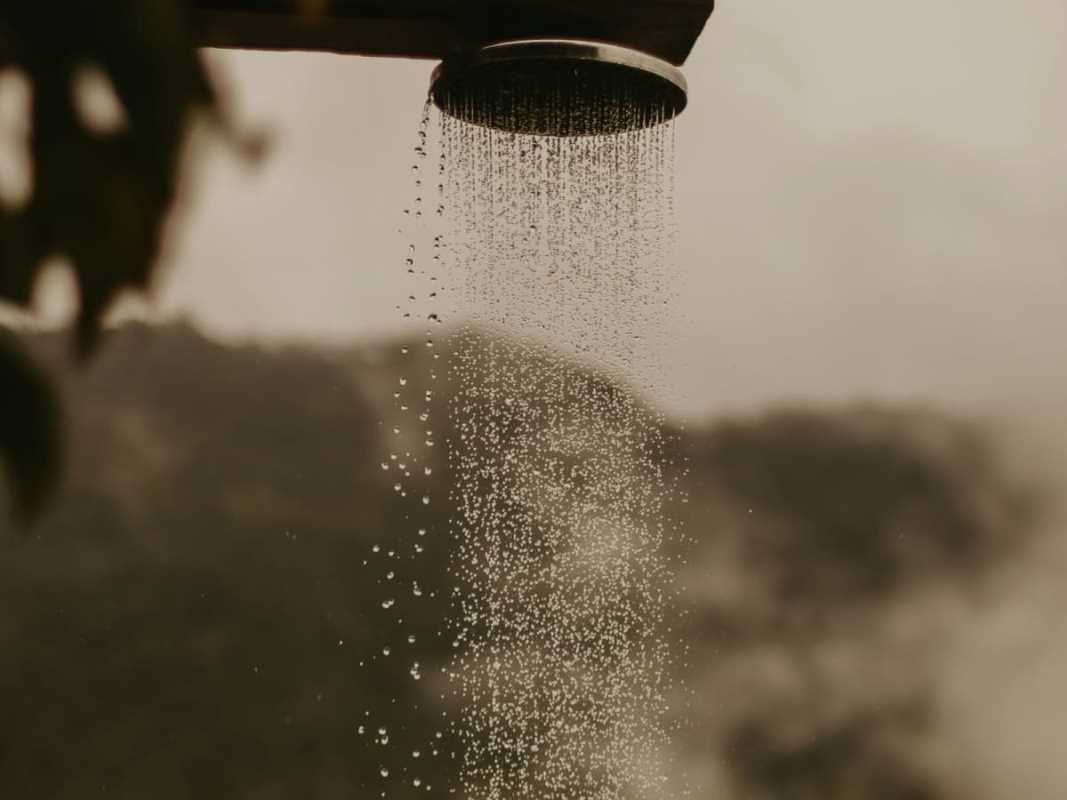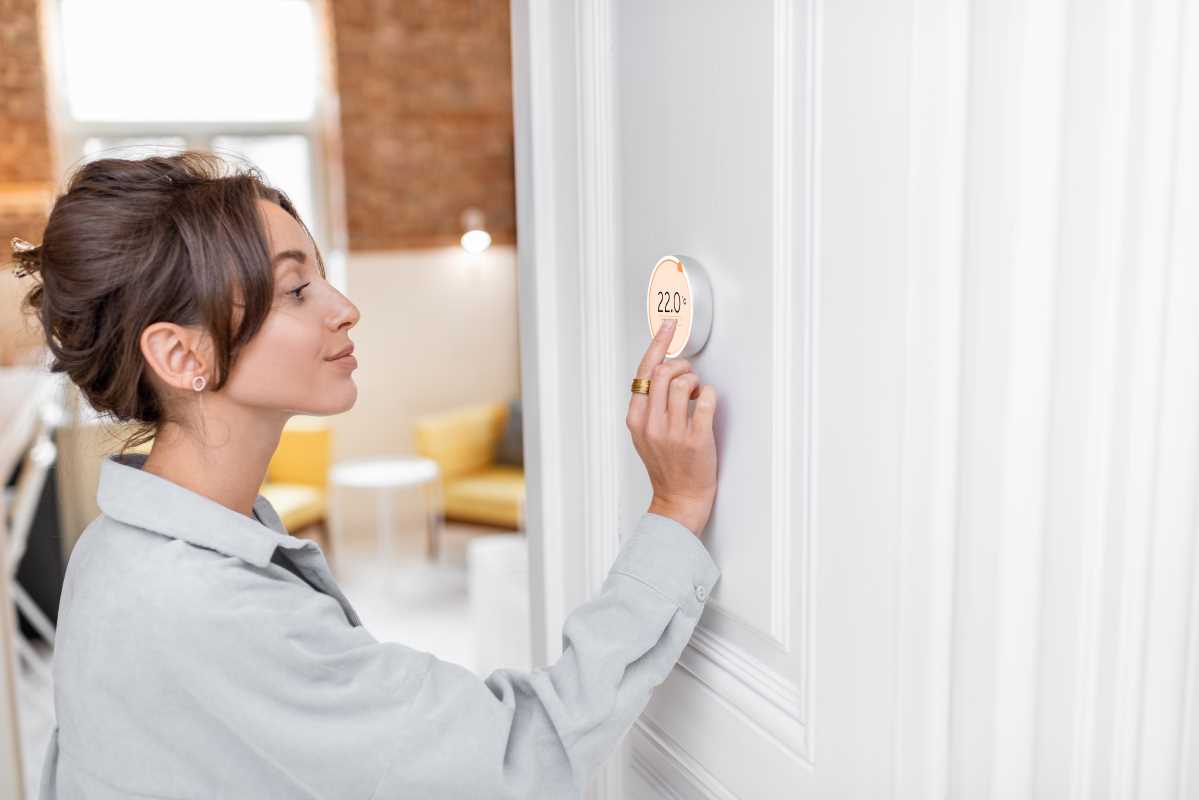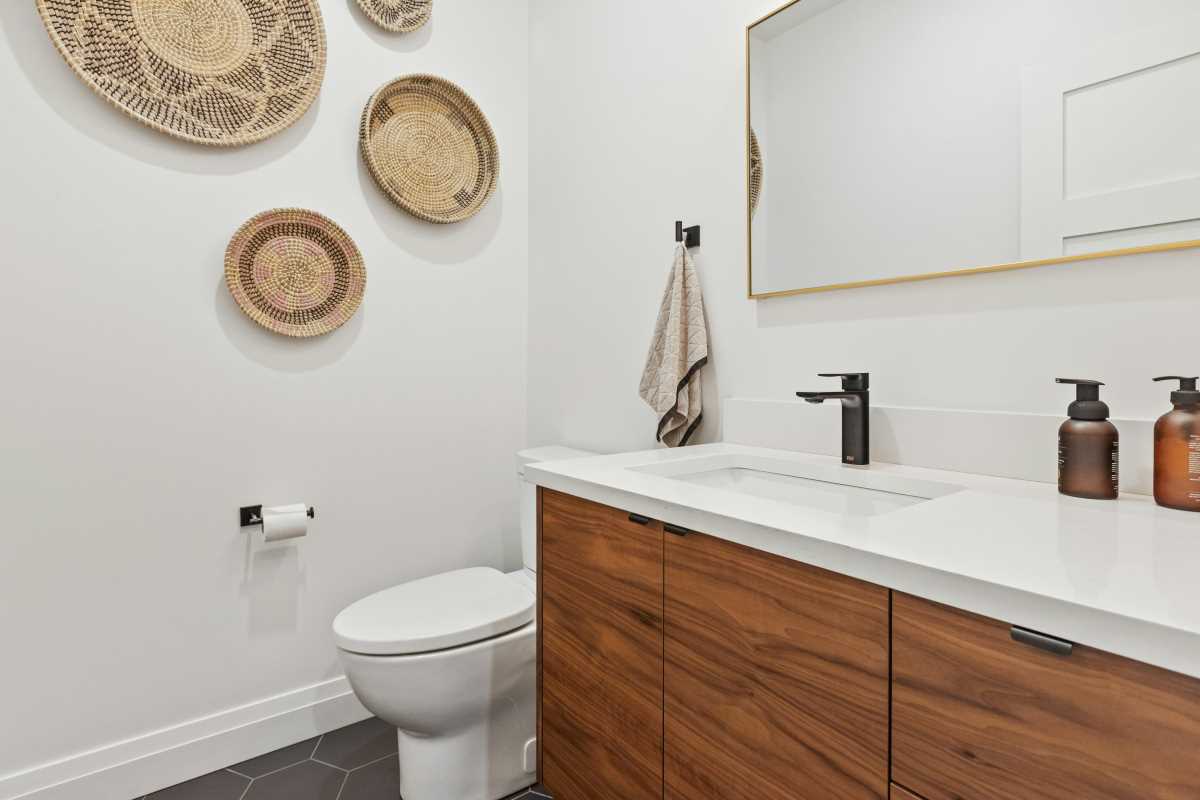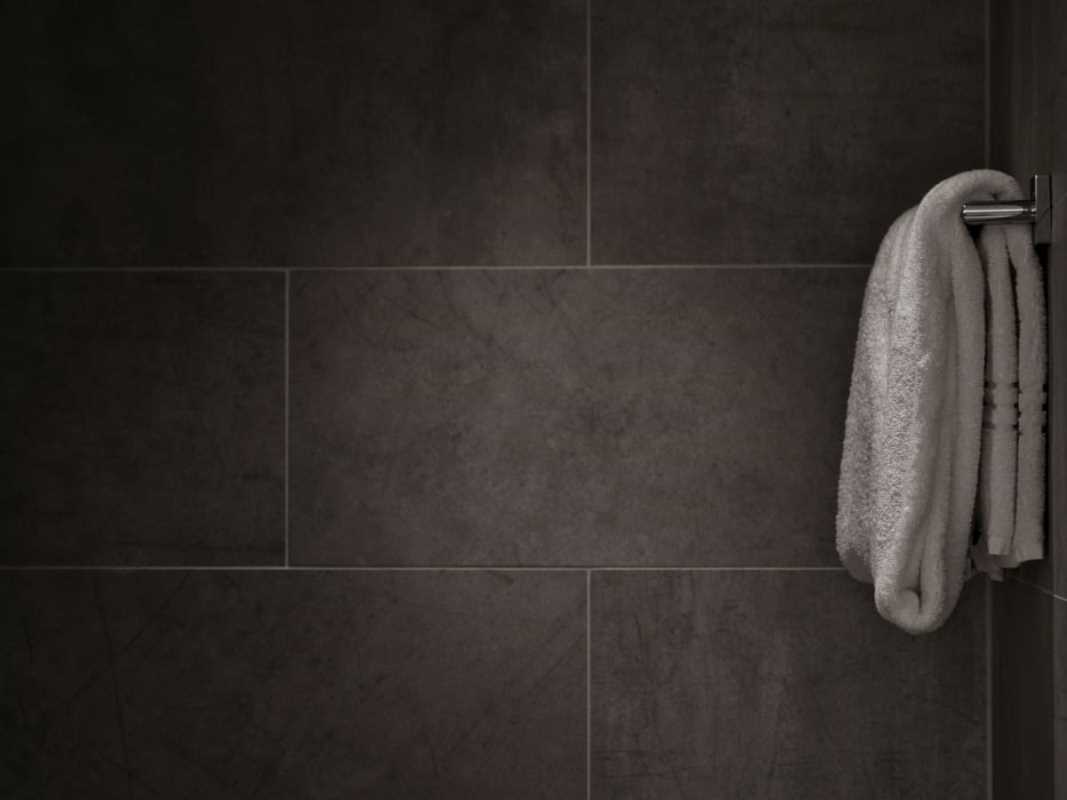There’s nothing more disappointing than turning on the shower after a long day, only to be met with a dribble of water instead of the revitalizing downpour you were longing for. Low water pressure can make showers feel more like a chore than a luxurious escape.
Luckily, fixing this common issue doesn’t always require professional help. With a little elbow grease and some simple tricks, you can transform your shower into the refreshing oasis it’s meant to be. Here are some practical, DIY tips to restore your shower’s water pressure and keep your mornings off to a great start.
Start by Cleaning the Showerhead
One of the easiest and often overlooked causes of weak water pressure is gunk and mineral buildup on the showerhead. Over time, hard water deposits, soap scum, and debris can clog the tiny nozzles where water flows out, reducing pressure and making your once-soothing shower feel like a weak sprinkle.
To tackle this, you’ll need some white vinegar, a plastic bag, and a twist tie or rubber band. Simply fill the bag with vinegar and secure it over the showerhead so the nozzles are fully submerged. Leave it to soak for a few hours or, better yet, overnight. When the vinegar has done its magic, remove the bag and wipe down the showerhead. You may need a toothbrush to scrub away stubborn buildup. Turn on the water, and voilà!
If you prefer a deeper clean or have a removable showerhead, detach it and soak the entire piece in a vinegar solution. This method not only clears blockages but also helps to extend the life of your showerhead. Plus, who doesn’t love a little sparkle with their water pressure?
Check for Pesky Leaks
Low water pressure can often be traced to leaks somewhere in your plumbing system. Even small leaks can steal the pressure that should be flowing through your showerhead. The good news is that spotting and fixing these leaks is often easier than you’d think.
Start with the obvious culprits. Inspect the showerhead, pipe connections, and nearby fittings for any signs of moisture, rust, or dripping when the water is running. Leaks here can usually be fixed by tightening the connections or replacing old washers or O-rings.
If you’ve ruled out the visible areas, it’s time to dig a bit deeper. Check your water supply lines for leaks, paying attention to areas where pipes may have aged or been damaged. If you suspect a hidden leak behind walls or under floors, you might need to call in a plumber to assess the issue.
While you’re at it, make sure your home’s water pressure isn’t leaking away due to inefficient appliances or outdoor faucets left open. Sometimes the solution to improving pressure in your shower is about reclaiming pressure that’s being lost elsewhere.
Adjust the Water Pressure Regulator
Many homes have a water pressure regulator, typically located where the main water line enters the house. This nifty device is designed to prevent excessive pressure from damaging your pipes, but it can sometimes be set lower than necessary, leading to underwhelming showers.
Before making any adjustments, it’s important to check your home’s overall water pressure using a basic pressure gauge, which can be found at most hardware stores. Attach the gauge to an outdoor faucet or hose bib, turn on the water, and take a reading. Ideal pressure for residential plumbing typically ranges between 40 and 60 psi.
If the reading is too low, find the pressure regulator (usually a bell-shaped valve) and adjust it. Most models allow you to increase the pressure by turning a screw or nut clockwise. Make small adjustments and retest the pressure until you find a sweet spot that enhances your shower experience without putting unnecessary strain on your plumbing.
Keep in mind that if you live in an area with municipal water supply regulations, there could be limits on how high you can set your water pressure. Always check local guidelines before making significant changes.
Consider Removing the Flow Restrictor
Flow restrictors, while eco-friendly and great for saving water, can sometimes be the culprit behind a less-than-impressive shower. Installed in most modern showerheads as part of water conservation efforts, these small plastic or rubber disks limit the flow rate, which is great for the environment but not so great when you’re hunting for a satisfying soak.
If you’re comfortable tweaking your showerhead, removing the flow restrictor can lead to a noticeable improvement in water pressure. Start by detaching the showerhead and looking inside the connection area for a small disk, usually colored green, blue, or white. Using a small flathead screwdriver or needle-nose pliers, carefully remove it.
Once the restrictor is out, reattach the showerhead and test the difference. The increase in flow might just transform your shower entirely. Just remember that removing a flow restrictor will increase water usage, so consider this option only if conservation isn’t a top priority. If you miss the days of efficient water use, you can always reinstall the restrictor later.
Invest in a High-Pressure Showerhead
Sometimes the best solution is a simple upgrade. High-pressure showerheads are specifically designed to amplify water force without necessarily increasing water usage. These handy devices use innovative nozzle designs or air infusion technology to create a stronger spray.
With a vast variety available, finding a high-pressure showerhead to suit your style and needs is a breeze. Many models also come with additional features like multiple spray modes, adjustable angles, and even eco-friendly options that balance pressure and efficiency.
Some popular choices incorporate a concentrated jet spray, ideal for those who love a massage-like experience, while others focus on full coverage for a rain-like effect. Swapping out your old showerhead for one of these pressure-boosting options is usually a quick DIY task that only requires a wrench, some plumber’s tape, and a few minutes of your time.
If you’re unsure which model to choose, look for reviews and recommendations online. Fellow homeowners often share insights about the best products to enhance pressure without overburdening your budget.
Drop the Dribble with These Key Tips
- Clean your showerhead to eliminate blockages from mineral buildup.
- Seal or replace leaking fittings or pipes near the shower area.
- Adjust your home’s water pressure regulator for better flow.
- Remove your showerhead’s flow restrictor to increase output.
- Upgrade to a high-pressure showerhead for a long-term solution.
These small, inexpensive fixes can transform your sluggish shower into a refreshing spa-like experience. A little maintenance goes a long way, ensuring your showers are satisfying every single time.
Water pressure doesn’t have to be a mystery or a source of frustration. By tackling these DIY tips, you can reclaim your comfort without spending a fortune or calling in a professional.







